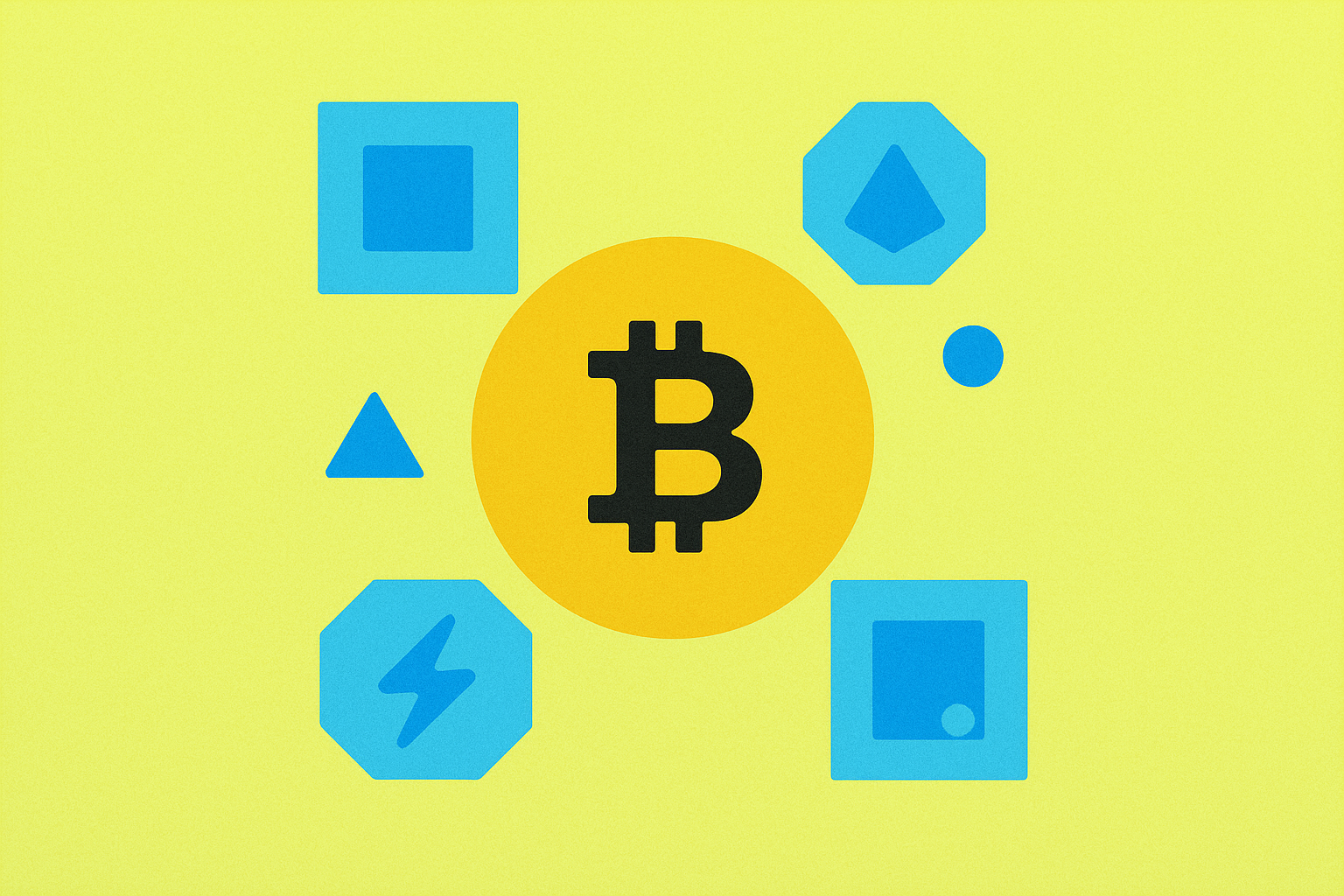Perp DEX'i Anlamak: Merkeziyetsiz Sürekli Ticaretin Geleceği


Perp DEX'in Gücünü Ortaya Çıkarma: Kripto Ticaretinde Oyun Değiştirici
Kripto para manzarası, genellikle Perp DEX'leri olarak bilinen merkeziyetsiz sürekli ticaret platformlarının yükselişi ile önemli bir değişim geçirdi. Bu yenilikçi borsalar, tüccarların dijital varlıklarla etkileşim biçimini devrim niteliğinde değiştirdi ve merkeziyetsizlik ile gelişmiş ticaret özelliklerini bir araya getirdi. Perp DEX'ler, ticaretçilere son tarihlere ihtiyaç duymadan kripto varlıklarına sürekli maruz kalma imkanı sunma yetenekleri sayesinde büyük bir popülarite kazandı; bu özellik, onları geleneksel vadeli işlem sözleşmelerinden ayıran bir özelliktir. Bu benzersiz karakteristik, piyasada daha esnek ve etkili yollar arayan kripto para tutkunları ve profesyonel tüccarların sayısının artmasına neden oldu.
Perp DEX'lerinin temel cazibesi, merkeziyetsiz doğasında yatıyor; bu da blok zinciri teknolojisinin temel prensipleriyle mükemmel bir uyum içerisindedir. Aracıların ve merkezi otoritelerin gereksinimini ortadan kaldırarak, bu platformlar güvenliği, şeffaflığı ve fonlar üzerindeki kontrolü artırmaktadır. Traderlar artık karmaşık stratejiler uygulayabilir ve pozisyonları doğrudan kendi cüzdanlar, varlıklarının mülkiyetini bırakmadan. Bu otonomi seviyesi, merkezi borsalarla ilişkili olan hacklenmeler, sunucu kesintileri ve potansiyel fon yönetim hataları gibi riskleri azaltması nedeniyle birçok kişi için oyun değiştirici olmuştur.
Perp DEX Nasıl Çalışır: Merkeziyetsiz Ticareti Devrimsel Hale Getirme
Perp DEX'in nasıl çalıştığını anlamak için, bu yenilikçi platformları destekleyen mekanizmalara dalmak esastır. Temelde, Perp DEX'ler ticaret sürecini otomatikleştirmek için akıllı sözleşmeler kullanır; bu, tüm işlemlerin şeffaf ve değiştirilemez bir şekilde blok zincirinde gerçekleştirilmesini sağlar. Bu otomasyon, sürekli sözleşme ile altta yatan varlığın anlık fiyatı arasındaki denklemi korumak için hayati öneme sahip olan emir eşleştirme, tasfiye ve finansman oranlarının hesaplanması gibi ticaretin çeşitli yönlerine de uzanır.
Perp DEX'lerin temel bileşenlerinden biri likidite havuzu modelidir. Geleneksel emir defteri sistemlerinin aksine, Perp DEX'ler sıklıkla likidite sağlamak için otomatik piyasa yapıcıları (AMM'ler) kullanır. Bu yaklaşım, işlemlerin likidite havuzuna karşı gerçekleştirildiği için karşı taraflar olmadan sürekli ticaret yapılmasını sağlar. Havuz genellikle likidite sağlayıcıları tarafından finanse edilir ve bu sağlayıcılar sermaye taahhütleri karşılığında ücret kazanır. Bu model, özellikle daha az likit piyasalarda son derece verimli olduğu kanıtlanmıştır, çünkü işlemlerin her an, ticaret hacminden bağımsız olarak gerçekleştirilebilmesini sağlar.
Perp DEX'in nasıl çalıştığına dair bir diğer kritik unsur, bir finansman oranı mekanizmasının uygulanmasıdır. Bu özellik, sürekli sözleşme fiyatının dayanak varlığın spot fiyatıyla uyumlu kalmasına yardımcı olur. Pozitif veya negatif finansman oranları, uzun ve kısa pozisyon sahipleri arasında periyodik olarak değiştirilir ve tüccarları sözleşmenin fiyatını spot piyasa fiyatına yakın tutmaya teşvik eder. Bu dahice sistem, sürekli sözleşmelerin bir sona erme tarihi olmadan var olmasını sağlar; bu da ticaret topluluğu tarafından geniş bir şekilde benimsenmiştir.
Gate Perp DEX'i Keşfetmek: Onu Farklı Kılan Özellikler
Gate, merkeziyetsiz sürekli işlem alanında öne çıkan bir oyuncu olarak, son teknoloji ile kullanıcı odaklı özellikleri bir araya getiren sağlam bir Perp DEX platformu sunmaktadır. Borsa, merkeziyetsizliğin temel ilkelerini korurken kesintisiz bir ticaret deneyimi sağlamaya olan bağlılığı ile dikkat çekmiştir. Gate Perp DEX, hem yeni başlayanlar hem de deneyimli yatırımcılara hitap eden birkaç ana özellik sayesinde kalabalık pazarda öne çıkmaktadır.
Gate Perp DEX'in en dikkat çekici özelliklerinden biri, kullanıcıların birden fazla blockchain ağından varlıkları sorunsuz bir şekilde ticaret yapmalarına olanak tanıyan çapraz zincir uyumluluğudur. Bu birlikte çalışabilirlik, sadece likiditeyi artırmakla kalmaz, aynı zamanda tüccarların çeşitli ticaret çiftleri ile işlem yapmalarını sağlar. Ayrıca, Gate, tüccarların stratejilerini optimize etmelerine ve potansiyel kayıpları en aza indirmelerine yardımcı olan ayarlanabilir kaldıraç seçenekleri ve karmaşık tasfiye mekanizmaları da dahil olmak üzere gelişmiş risk yönetim araçlarını uygulamıştır.
Gate’in platformu, sürekli ticaretin karmaşık dünyasını basitleştiren kullanıcı dostu bir arayüze de sahiptir. Sezgisel tasarım, yatırımcıların çeşitli ticaret paritelerinde kolayca gezinmelerini, piyasa trendlerini analiz etmelerini ve ticaret işlemlerini en az sürtünme ile gerçekleştirmelerini sağlar. Ayrıca, Gategüvenliğe güçlü bir vurgu yapmıştır, kullanıcı fonlarını ve kişisel bilgilerini korumak için çok katmanlı koruma önlemleri uygulamıştır.
Perp DEX ile Geleneksel Borsalar: Neden Tüccarlar Geçiş Yapıyor
Merkeziyetsiz sürekli borsa (perpetual exchanges) yönünde yapılan kayma, geleneksel merkezi platformlara göre birkaç ikna edici avantaj tarafından yönlendirilmiştir. Perp DEX'leri ile geleneksel borsalar arasındaki karşılaştırma, birçok trader'ın merkeziyetsiz alternatifi neden tercih ettiğini ortaya koymaktadır:
| Özellik | Perp DEX | Geleneksel Borsa |
|---|---|---|
| Varlık Saklama | Kendi kontrolünde (kullanıcı kontrolü) | Vekalet (borsa kontrolünde) |
| İşlem Saatleri | 24/7 kesintisiz ticaret | Sınırlı işlem saatleri |
| Şeffaflık | Tam zincir üzeri şeffaflık | Sınırlı şeffaflık |
| Kaldıraç | Genellikle daha yüksek kaldıraç seçenekleri | Genel olarak daha düşük kaldıraç limitleri |
| Ücretler | Düşük maliyetler, azalan genel giderler nedeniyle | Yüksek ücretler, operasyonel maliyetleri karşılamak için |
| Likidite | AMM tabanlı likidite havuzları | Emir defteri tabanlı likidite |
Merkeziyetsiz sürekli borsa (perpetual exchange) avantajları bu karşılaştırmalı faydaların ötesine geçiyor. Traderlar, artırılmış gizlilik, azaltılmış karşı taraf riski ve token sahipliği aracılığıyla yönetişim kararlarına katılma imkanı gibi unsurlar nedeniyle bu borsalara ilgi gösteriyor. Ayrıca, Perp DEX'lerin yenilikçi finansman oranı mekanizması, daha verimli fiyat keşfi ve piyasa dengesi sağlamaktadır.
Merkeziyetsiz türev ticareti ortamı gelişmeye devam ederken, Gate’in Perp DEX’i gibi platformlar, yeniliğin ön saflarında yer alıyor, benimsemeyi artırıyor ve kripto para ticaretinin geleceğini yeniden şekillendiriyor. Gelişmiş özellikler, artırılmış güvenlik ve gerçek merkeziyetsizlik kombinasyonu, sürekli değişen kripto pazarında ticaret potansiyelini maksimize etmek isteyen tüccarlar için güçlü bir çekim alanı oluşturuyor.

2025'teki En İyi 5 Perp DEX: Gate Perp DEX'in Tekliflerini ve Ticaret Stratejilerini Karşılaştırma

Gate, Perp DEX'i başlattı: Yüksek performanslı Derinlik Likidite Yeniden Şekillendirme Profesyonel Kripto Türevler Ticareti

En İyi 10 Sürekli DEX: Gate Perp DEX ve Daha Fazlası İçin Kapsamlı Bir Rehber

En İyi Sürekli DEX'ler: Gate Perp DEX ve Ötesine Kapsamlı Bir Rehber

Perp DEX'i Anlamak: Merkeziyetsiz Sürekli Ticaretin Yakın Geleceği

Sürekli DEX'leri Anlamak: Merkeziyetsiz Vadeli İşlem Trade için Kapsamlı Bir Rehber

2024'te İzlenmesi Gereken Başlıca Merkeziyetsiz Finans Platformları

Dijital Varlık Alım Satımı İçin En İyi Platformlar - Kapsamlı Rehber

Yönlendirilmiş Asiklik Grafikler (DAG) Hakkında Her Şey: Kapsamlı Bir Kılavuz

Özel Anahtarları Anlamak: Kriptonuzu Güvende Tutmak İçin Temel İpuçları

Yeni Başlayanlara Yönelik En İyi DeFi Girişimleri





